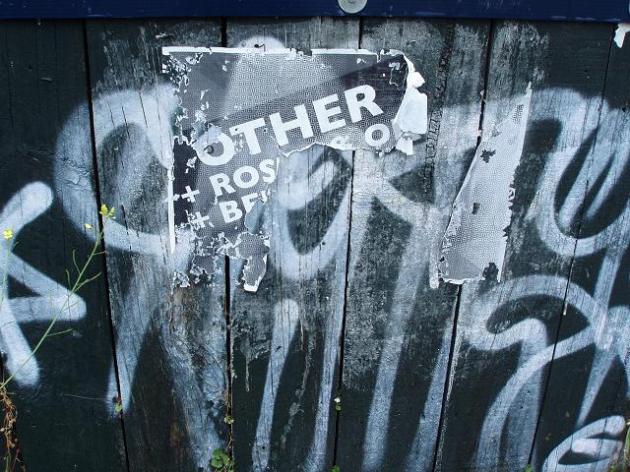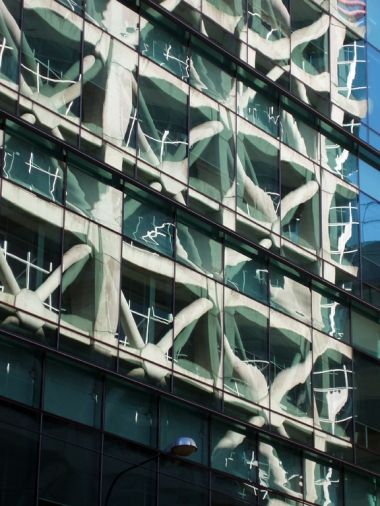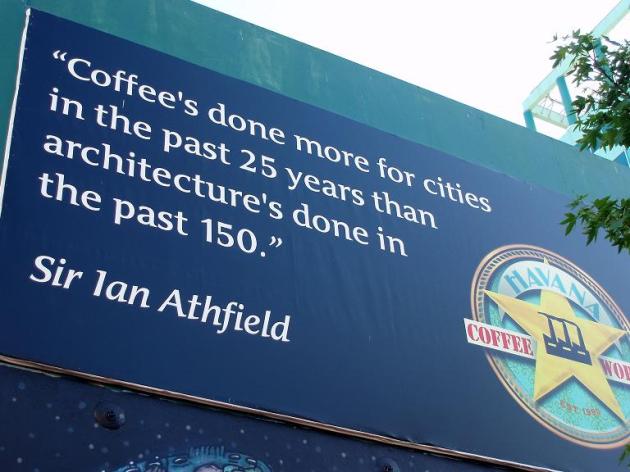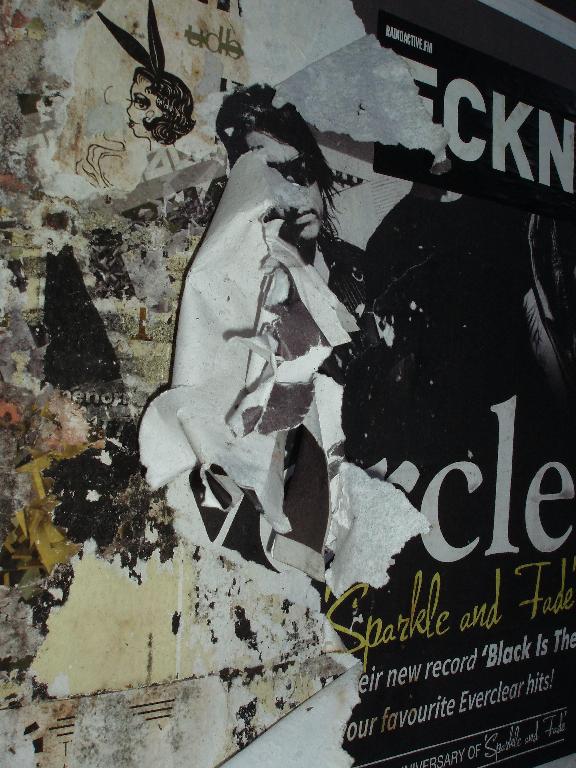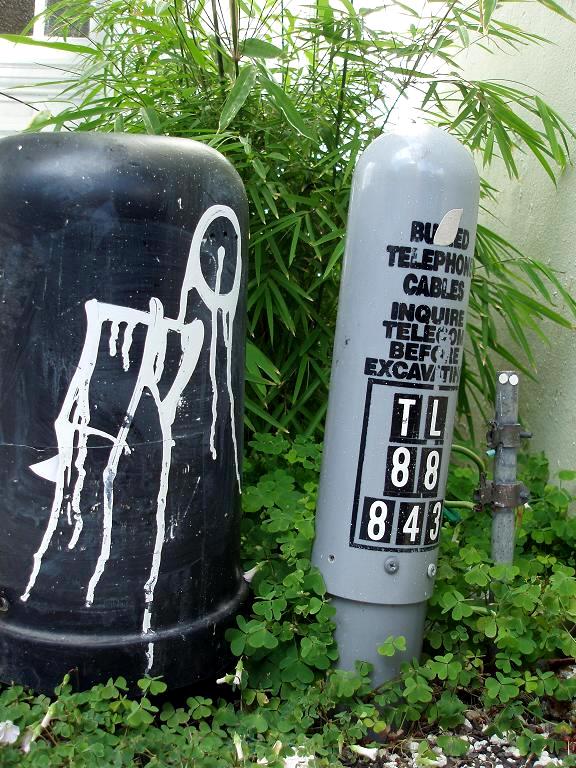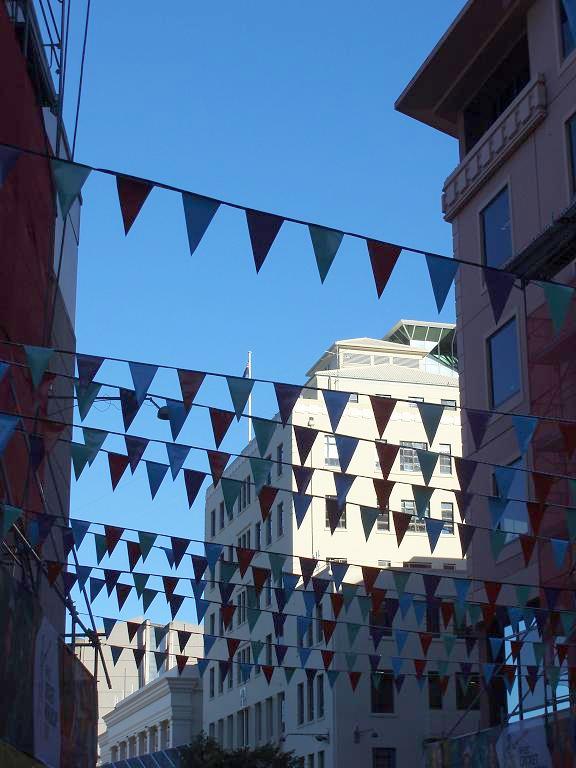Bond Street back story
Between January and April 2015, Bond Street [in Wellington, New Zealand] was transformed with temporary changes to the way the street looked and was used to bring colour and energy to the area.
Bond Street is an important street for servicing local businesses, we wanted to make it a destination for pedestrians as well. To explore ways of making it work for both people on foot and businesses, temporary changes were made to the layout and use of the street before looking at possible long-term changes.
To catch people’s attention and bring vibrancy to the street, two outdoor seating areas and an artificial lawn area were installed. The road surface was painted with a bright red pattern and a shipping container was located on the site to host events. Urban designers call this type of project ‘Tactical Urbanism’ and there are many successful examples of these projects internationally and locally.



